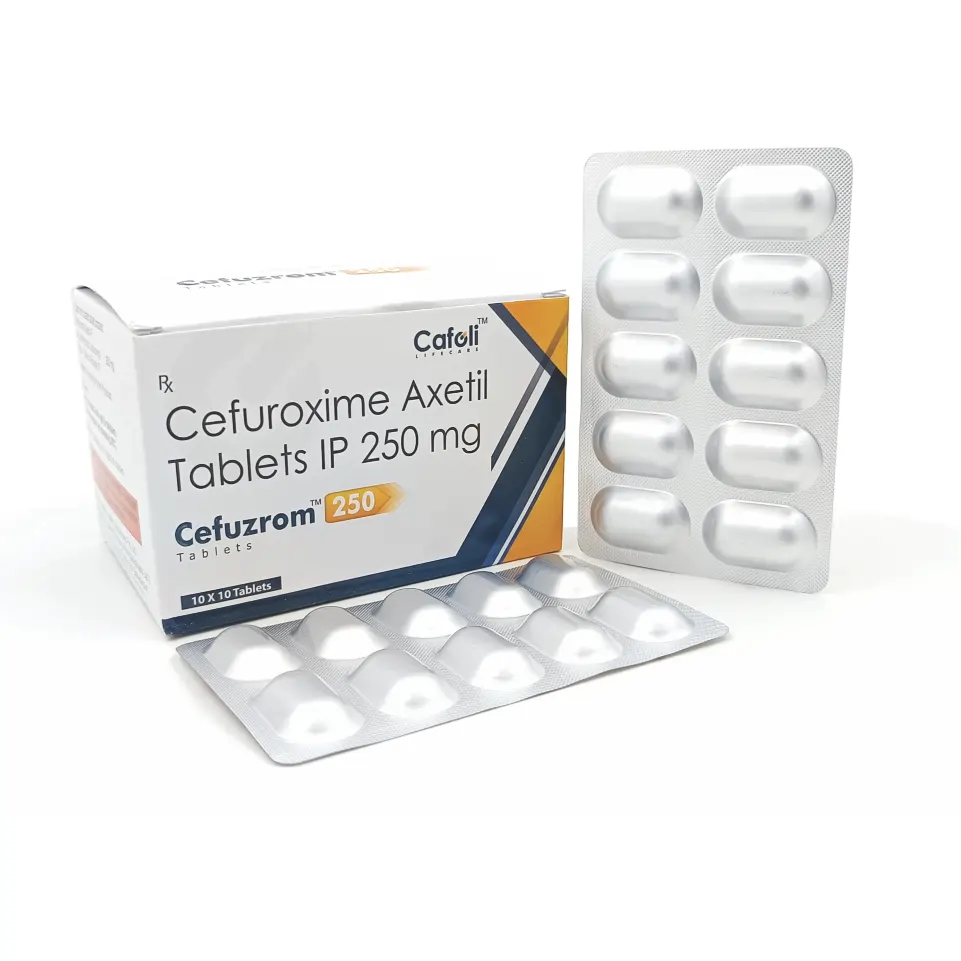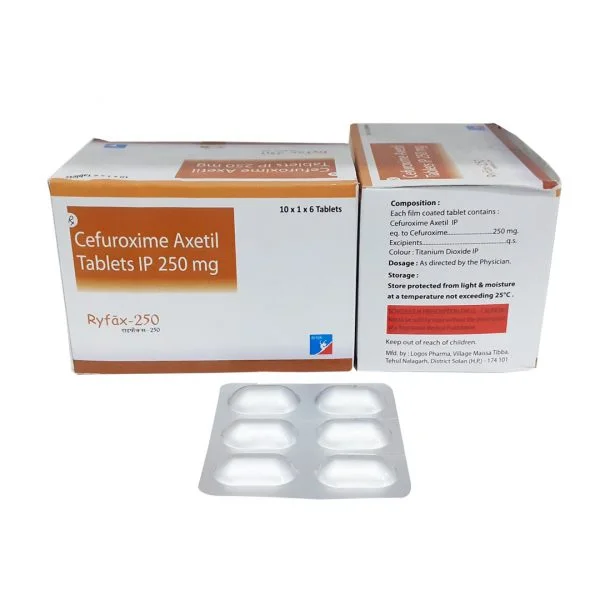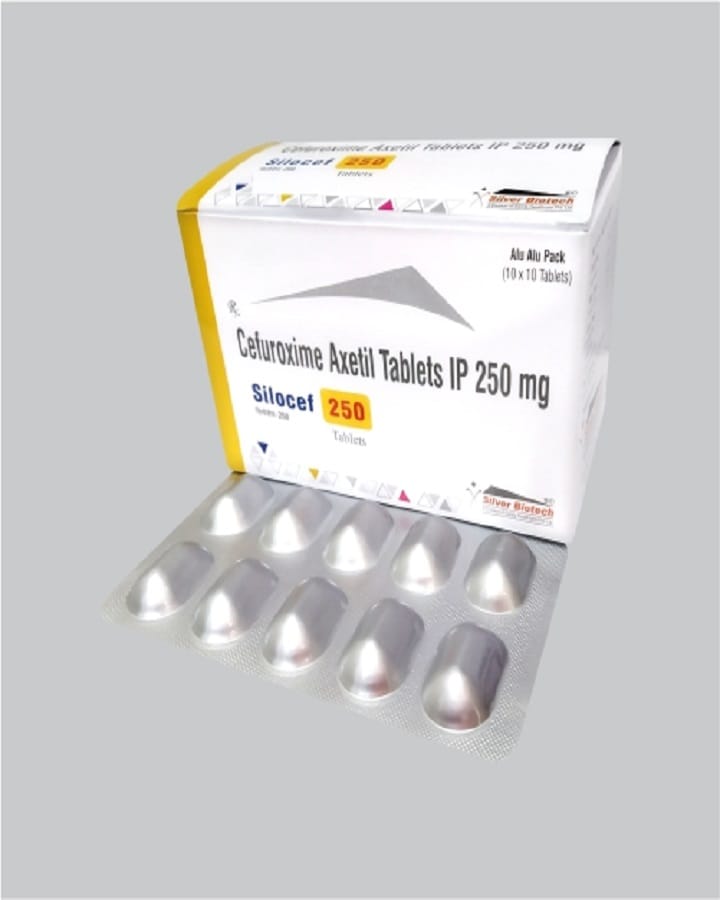
Image Credit – Hema
Cefuroxime 250 mg: Uses, Dosage, and Important Safety Information

What Is Cefuroxime 250 mg?
Cefuroxime 250 mg is a prescription antibiotic that belongs to the class of drugs known as cephalosporins. It’s commonly prescribed to treat a wide range of bacterial infections. This medication works by stopping the growth of bacteria, helping the body’s immune system eliminate the infection more effectively.
Common Uses
- Respiratory tract infections (such as bronchitis and pneumonia)
- Ear, nose, and throat infections
- Urinary tract infections (UTIs)
- Skin and soft tissue infections
- Lyme disease (early stage)
- Sinusitis and tonsillitis
It’s important to remember that Cefuroxime 250 mg is only effective against bacterial infections—it won’t work for viral illnesses like the common cold or flu.
How Cefuroxime 250 mg Works
Cefuroxime targets and inhibits the formation of bacterial cell walls, leading to the destruction of bacteria responsible for infection. This action helps relieve symptoms such as fever, inflammation, and pain caused by bacterial growth.
Dosage and Administration
The dosage of Cefuroxime 250 mg depends on the type and severity of the infection, the patient’s age, and their medical condition. Generally:
- Adults: The usual dose is 250 mg taken twice daily after meals.
- Children: Dosage is usually determined by body weight and should be prescribed by a pediatrician.
It’s best to take the medication after food to improve absorption and reduce stomach discomfort. Always follow your doctor’s directions and complete the full course, even if you start feeling better early. Stopping treatment too soon may allow bacteria to continue growing, leading to a recurrence of the infection.
Possible Side Effects
Like all antibiotics, Cefuroxime 250 mg may cause some side effects. Common ones include:
- Nausea or vomiting
- Diarrhea
- Stomach pain
- Headache or dizziness
Less common but serious reactions—such as allergic rashes, difficulty breathing, or severe diarrhea—require immediate medical attention.
Precautions Before Taking Cefuroxime 250 mg
Before using this medication, inform your healthcare provider if you:
- Have any allergies to antibiotics (especially penicillin or other cephalosporins)
- Have kidney or liver problems
- Are pregnant, planning to become pregnant, or breastfeeding
- Are taking other medications or supplements
Avoid alcohol during treatment, as it may worsen stomach upset or interfere with your recovery.
Interaction With Other Drugs
Cefuroxime may interact with certain drugs, including:
- Probenecid (used for gout)
- Blood thinners (like warfarin)
- Antacids containing aluminum or magnesium
Your doctor or pharmacist will guide you on safe combinations and timing for other medications.
When to Contact a Doctor
Seek medical advice if you experience persistent side effects, allergic reactions, or no improvement in symptoms after several days. Overuse or misuse of antibiotics like Cefuroxime 250 mg can lead to antibiotic resistance—a growing public health concern.
Final Thoughts
Cefuroxime 250 mg is a trusted antibiotic that effectively treats a variety of bacterial infections when taken properly under medical supervision. Always follow your doctor’s instructions, take it for the prescribed duration, and never self-medicate. Responsible antibiotic use ensures faster recovery and helps prevent resistance for future generations.
Frequently Asked Questions
What is Cefuroxime 250 mg used for?
Cefuroxime 250 mg is an antibiotic used to treat bacterial infections such as throat infections, pneumonia, urinary tract infections, and sinusitis.
How should I take Cefuroxime 250 mg?
Take Cefuroxime 250 mg after meals with water, exactly as prescribed by your doctor. Do not skip doses or stop early, even if symptoms improve.
What are the side effects of Cefuroxime 250 mg?
Common side effects of Cefuroxime include nausea, vomiting, diarrhea, abdominal discomfort, and headache. Some patients may experience dizziness or mild rash. Serious allergic reactions or severe diarrhea are rare but require immediate medical attention from a healthcare professional.

